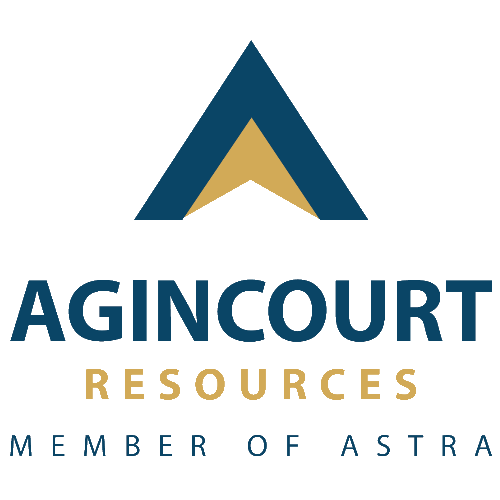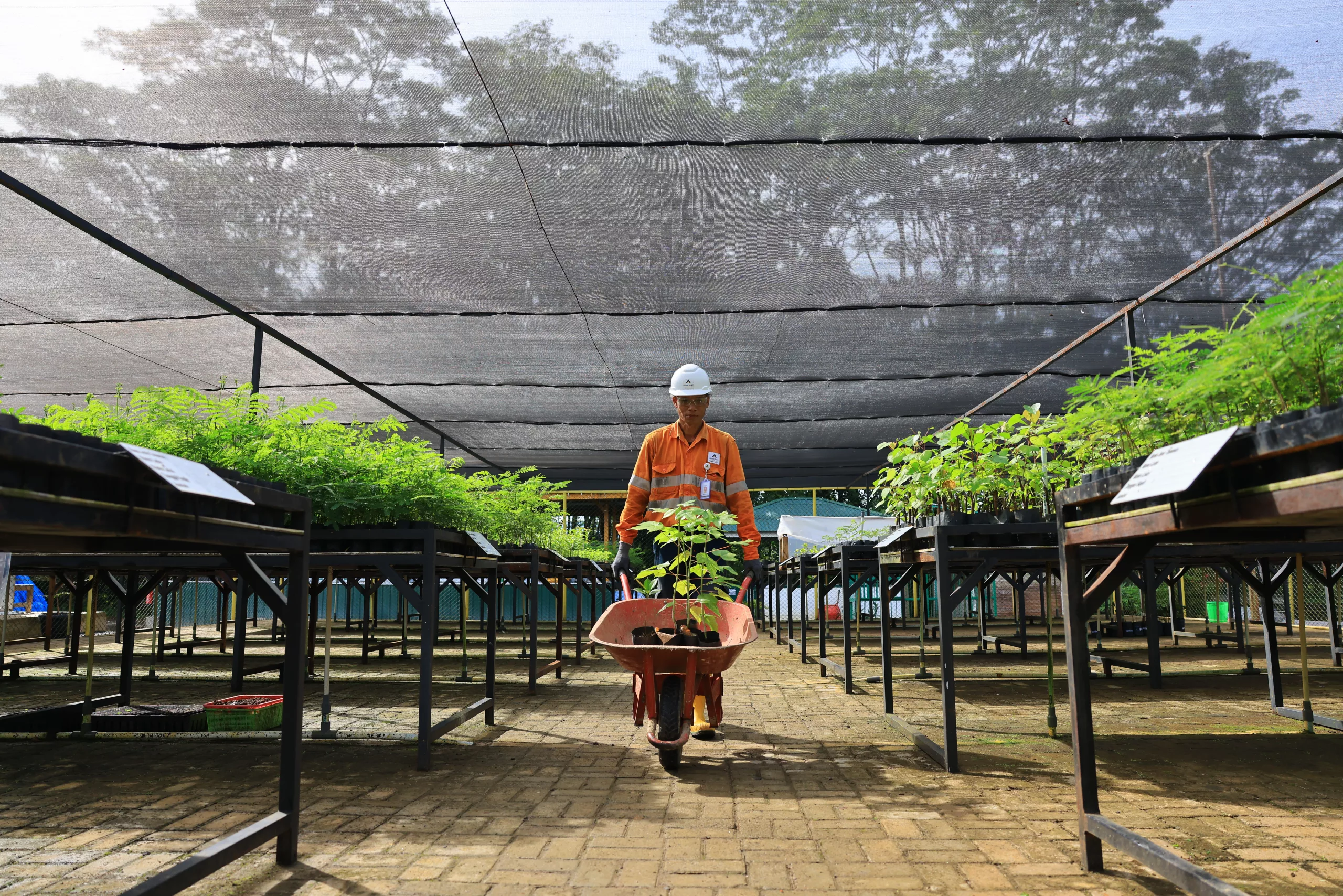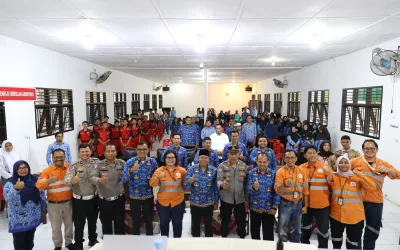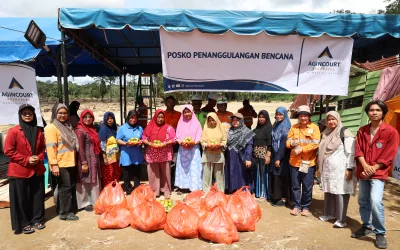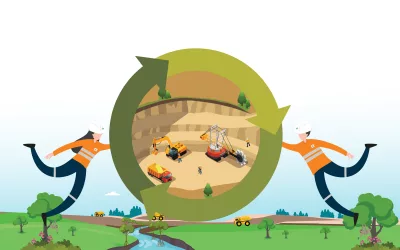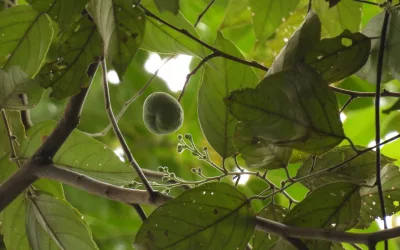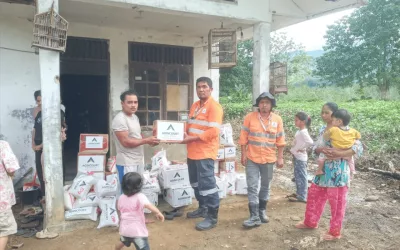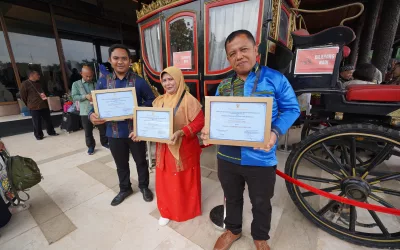In the mining industry, responsible extraction means committed restoration. At the Martabe Gold Mine, reclamation is not merely an obligation, but a long-term commitment to restoring ecosystems, reviving land functions, and creating added value for surrounding communities.
More Than Just Re-Greening
Reclamation has been integrated since the early stages of mine planning, beginning with the preservation of topsoil to be reused as planting media. By the end of 2024, out of a total 646.08 hectares of disturbed land, 39.52 hectares had been successfully reclaimed. Reclamation targets were set at 4.72 hectares in 2023, 11.96 hectares in 2024, and 2.44 hectares in 2025. In several areas, reclamation guarantees have been fully returned by the government.
The implementation of reclamation activities refers to several key regulations, including:
- Law No. 4 of 2009 on Mineral and Coal Mining (Minerba)
- Law No. 32 of 2009 on Environmental Protection and Management
- Government Regulation (PP) No. 22 of 2021 on the Implementation of Environmental Protection and Management
- Ministerial Regulation of Environment and Forestry (Permen LHK) No. P.27/MENLHK/SETJEN/KUM.1/7/2018 on Guidelines for the Utilization of Forest Areas
- Ministerial Decree of Energy and Mineral Resources (Kepmen ESDM) No. 1827 K/30/MEM/2018 on Guidelines for Good Mining Practices
Science and Nature-Based Reclamation
- Reclamation at Martabe goes beyond replanting; it builds new ecosystems that grow naturally and sustainably. Several approaches have been adopted, including:
- Revegetation using native plant species. Since 2012, over 41,000 tree seedlings have been planted. In the first half of 2025, 15,450 seedlings were planted in reclaimed areas and 22,770 in natural forest zones.
- Seed balls: A mixture of topsoil, compost, and plant seeds formed into balls and scattered to promote natural growth.
- Nature-based regeneration: Planting fruit-bearing trees to attract birds and bats, which help disperse seeds from nearby forests.
- Beneficial microorganisms, such as mycorrhizae, are used to enhance root absorption and improve soil structure.
Phytoremediation: The use of plants like vetiver, iris, sunflowers, and snake plants to absorb pollutants from soil and water. - Nursery cultivation: A total of 21,357 local seedlings were produced during the first half of 2025.
- Mangrove Reclamation: Since 2023, 32,219 mangrove seedlings have been planted across 29 hectares of coastal area.
Three Key Criteria for Successful Reclamation
- Landform arrangement: Includes backfilling, topsoil spreading, water management, and erosion control.
- Revegetation: Planting native species, cover crops, and mitigating acid mine drainage.
- Post-closure maintenance: Canopy closure and aftercare. All reclamation activities are monitored and reported to the authorities.
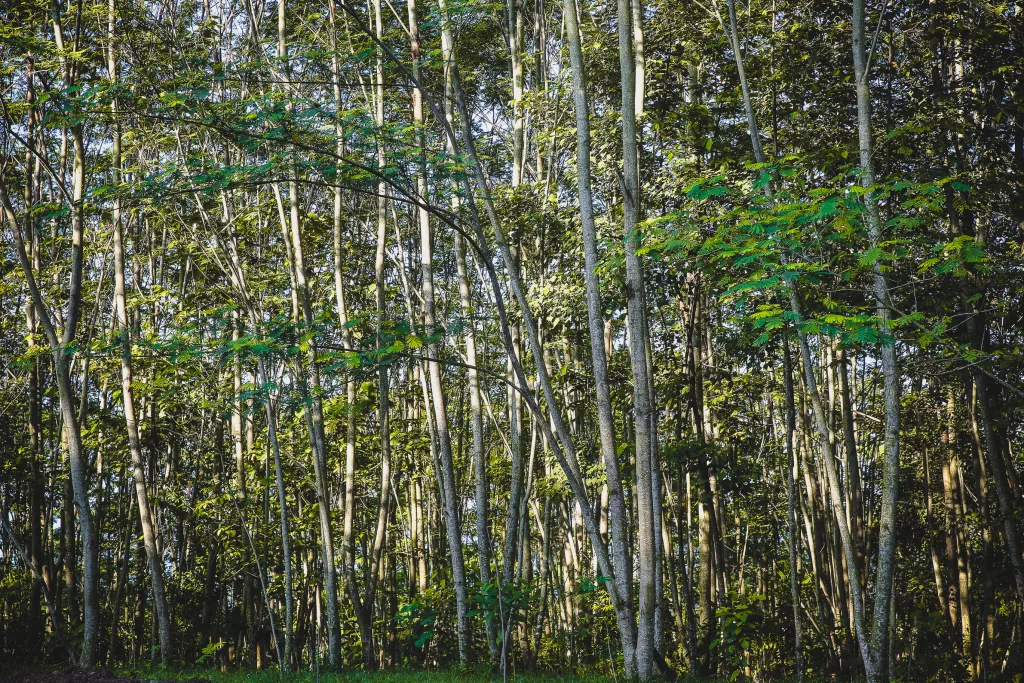
Reclamation is not the end of mining, it marks the beginning of something new. Continuous monitoring ensures slope stability, vegetation health, and surface water flow. Moving forward, reclaimed areas are being designed as ecotourism destinations and environmental research centers, learning spaces that reconnect people with nature. At Agincourt Resources, reclamation is the beginning of renewed hope, for a sustainable and meaningful environment.
